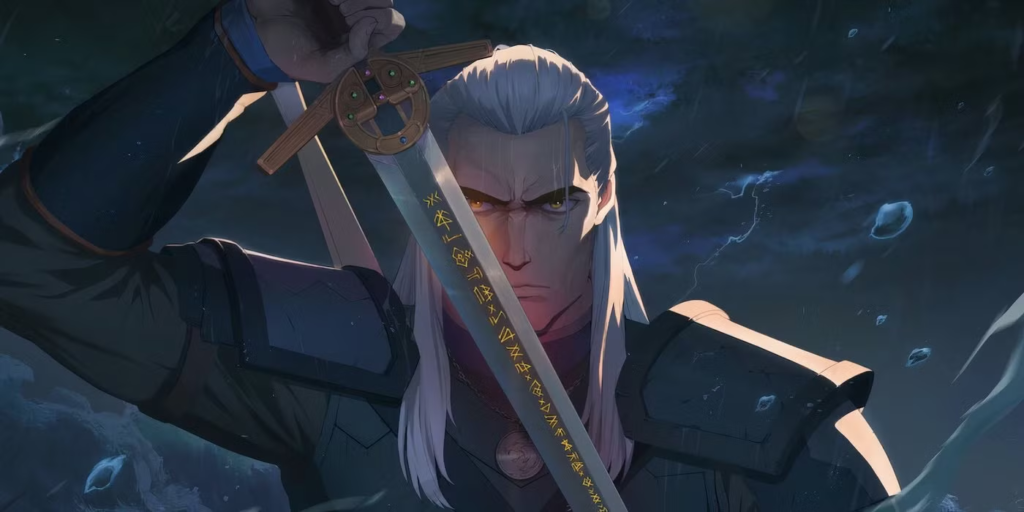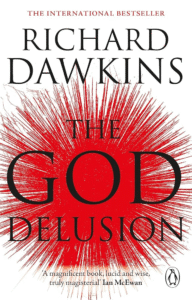The Witcher: Sirens of the Deep: A Descent into Slavic Folklore and Moral Ambiguity
A Dark and Immersive World
The Witcher: Sirens of the Deep, a standalone animated film within the Netflix universe, offers a visually stunning and narratively intriguing delve into the darker corners of Slavic mythology. While not directly adapting any specific Andrzej Sapkowski story, the film captures the spirit of the Witcher universe, presenting Geralt with a morally complex dilemma that forces him to confront the blurred lines between good and evil. Beyond the captivating visuals, the film explores themes of prejudice, exploitation, and the cyclical nature of violence, leaving the viewer pondering the true nature of monstrosity.

Visual Storytelling: Subverting Myth and Creating Atmosphere
The film’s strength lies in its atmospheric presentation. The animation style, reminiscent of graphic novels, creates a dark and immersive world, perfectly complementing the grim tone of the narrative. The titular sirens, far from the alluring creatures of traditional myth, are depicted as grotesque and terrifying, their siren song a weapon of both physical and psychological destruction. This visual reimagining of a classic mythical creature underscores the film’s commitment to subverting expectations and presenting a more nuanced, often unsettling, interpretation of folklore.
Moral Complexity: Humans and Monsters
Geralt’s investigation into the attacks plaguing a coastal village leads him to the heart of a conflict between humans and the mysterious sea creatures. The film skillfully portrays the villagers’ fear and resentment towards the “monsters,” highlighting the ease with which prejudice can take root and fester. The narrative doesn’t shy away from depicting the humans’ own capacity for cruelty, revealing their history of exploiting and abusing the sirens. This moral ambiguity is a hallmark of The Witcher franchise, and Sirens of the Deep continues this tradition, refusing to paint either side as purely innocent or entirely guilty.
The Cycle of Violence: A Question of Origins and Solutions
The film excels in its exploration of the cyclical nature of violence. The initial acts of aggression, whether committed by humans or sirens, trigger a chain of retaliatory actions, perpetuating the conflict and blurring the lines between victim and aggressor. Sirens of the Deep poses the question: where does the cycle of violence begin, and how can it be broken? The film doesn’t offer easy answers, instead forcing the viewer to grapple with the complexities of the situation and the inherent difficulty of achieving true peace.
Narrative Pacing and Ambiguity: Strengths and Potential Weaknesses
While the narrative is compelling, it occasionally suffers from pacing issues. Certain plot points feel rushed, and the film could have benefited from a more gradual reveal of the sirens’ motivations and the history of the conflict. Furthermore, some viewers might find the film’s ending somewhat ambiguous, leaving certain threads unresolved. However, this ambiguity could also be interpreted as a strength, reflecting the messy and often inconclusive nature of real-world conflicts.
Beyond the Beasts – Confronting Inner Darkness
The Witcher: Sirens of the Deep is more than just a monster-of-the-week story. It’s a thoughtful exploration of the complexities of morality, the dangers of prejudice, and the devastating consequences of unchecked violence. The film’s stunning visuals and atmospheric presentation, combined with its thought-provoking narrative, make it a worthy addition to The Witcher universe. It serves as a reminder that true monstrosity often lies not in the fantastical creatures of myth, but in the hearts of men, and that breaking the cycle of violence requires more than just slaying beasts; it demands a confrontation with our own capacity for darkness.




















